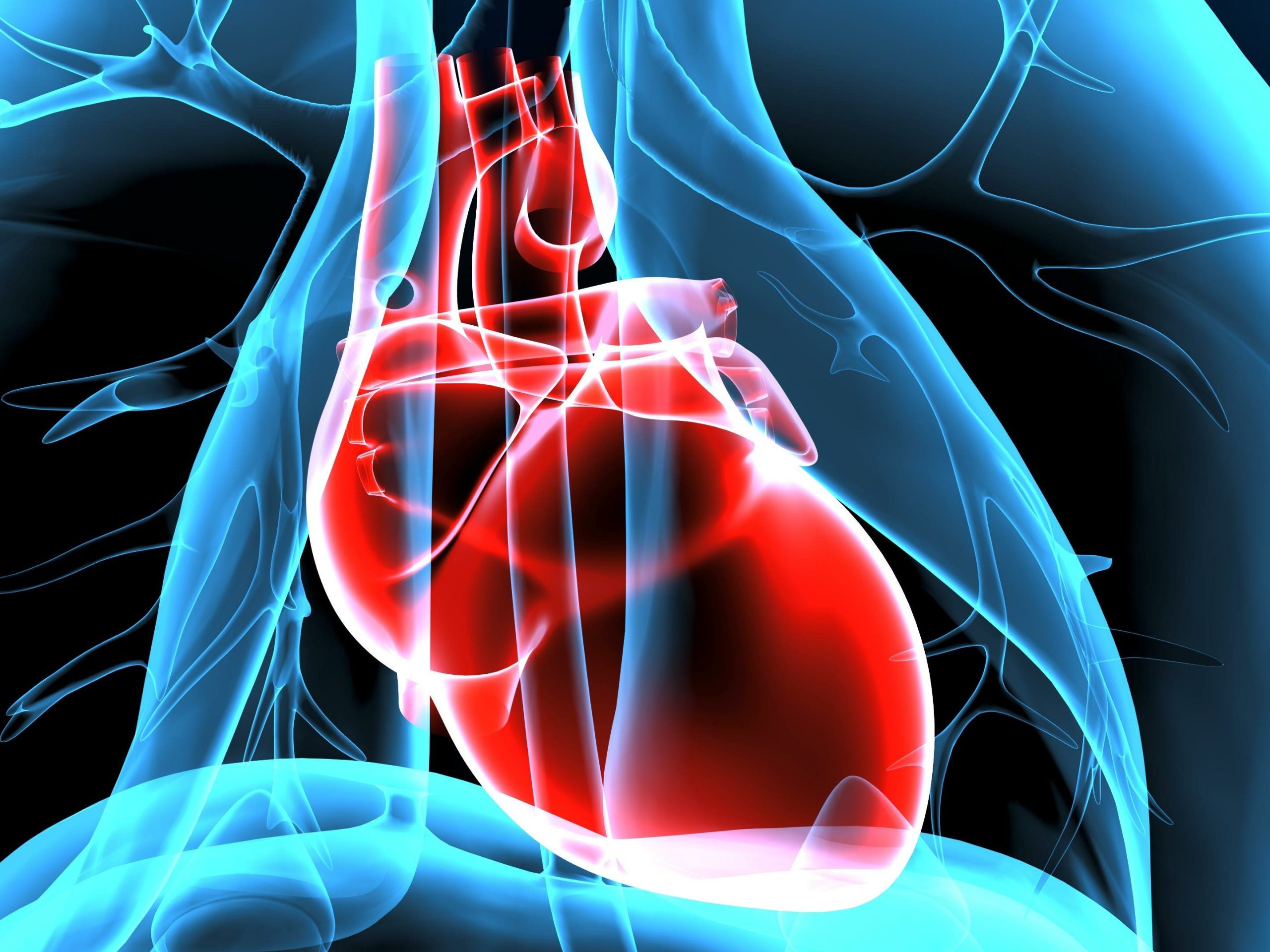The Silent Threat: Unraveling the Hidden Dangers of Silent Myocardial Ischemia

Cardiac ischemia, also known as myocardial ischemia, is a serious condition that often occurs with little to no warning. Some people don’t even experience symptoms, hence the reference to this being a “silent” threat.
Myocardial ischemia is a condition that results from a lack of proper blood flow to the heart. This is usually a result of narrowing or blockages of the arteries in the heart and can prevent the heart muscle from receiving the oxygen that it needs to function properly. In the absence of sufficient blood flow, the heart muscle can become weak. The lack of blood flow can cause bad heart rhythms called arrhythmias which can lead to sudden death without warning. There are several potential causes and symptoms for cardiac ischemia, which is a lot more common than you think.
What Are the Symptoms of Silent Ischemia?
The name “silent ischemia” would cause you to presume that there are no real symptoms for this condition. That is only partially true – while heart disease is a leading silent killer, there are often some symptoms or signs that people just don’t notice because they’re not connecting the dots. Importantly, the heart muscle is unique in its ability to sense pain. If leg or arm muscles suffer ischemia (do not receive enough blood) they will feel painful in the leg or arm respectfully. However, unlike the leg muscles, the heart muscle does not have sensory nerves to feel pain during cardiac ischemia. Though many people may sense chest discomfort, frequently, pain from cardiac ischemia is “referred” to other parts of the body such as the jaw, arm or neck. Many people will mistake this pain that is distant from the heart as cramping of muscle and ignore it. Furthermore, some people will develop this condition with no obvious signs or symptoms. That’s when it is the most dangerous.
If you do have symptoms of silent myocardial ischemia, they could include things like:
- Chest pressure or pain specifically with exertion that is relieved by rest (angina)
- Shoulder or arm pain
- Increased or irregular heartbeat
- Shortness of breath
- Nausea and vomiting
- Fatigue and excessive tiredness
- Sweating
You may also develop a cough or notice swelling or water retention in your legs and feet when there are underlying issues with your heart, including ischemia and other types of coronary heart disease.
If left untreated, silent myocardial ischemia can lead to a myocardial infarction (heart attack) or even death.
What Is the Silent Cause of Cardiac Ischemia?
Cardiac ischemia is caused by a partial or total blockage of the coronary arteries. This is the result of plaque buildup, which comes from factors like genetics, diet, lifestyle, and general health. When these plaques rupture, they can cause a heart attack. When the plaque builds up in the arteries over time, it causes all manner of issues, including a restriction of oxygen to the heart muscle. The heart uses much more oxygen during exercise than when resting, and sometimes when a partial blockage of a coronary artery is present there will be no symptoms at all during rest, but during exercise, when the heart requires more oxygen, the symptoms will develop. Many people will note symptoms that start with exercise and are relieved by rest and this phenomenon is a hallmark for cardiac ischemia.
Those who smoke, are overweight, have poor diets, or have diabetes will be more likely to develop this condition, as well as those who have a genetic predisposition to heart disease. It’s important to get regular check-ups and talk to your doctor if you think something isn’t right with your health.
How Common is Silent Myocardial Ischemia?
Silent Myocardial ischemia and related chronic coronary artery disease are more common than many people think. According to the CDC, coronary heart disease is the most common type of heart condition and it killed 375,476 people in 2021. It’s estimated that one in 20 adults over the age of 20 have some form of CAD or ischemia.
The CDC also reports that someone dies of a heart attack every 40 seconds in the United States, and as many as 20% of them are silent, symptom-free, and completely unexpected. When it comes to heart disease and other conditions, the risk is real because the lack of symptoms is far more common than people realize.
What Is the Diagnosis and Treatment Like for Myocardial Ischemia?
When someone visits the doctor with concerns about their heart, the doctor will typically perform an exam that includes a variety of tests. They will perform a complete physical exam, listen to your heart and breathing, discuss your symptoms, and then determine the best tests to use. This could include:
- Exercise stress tests
- Heart monitors
- ECG/EKG
- Nuclear stress test (for those who can’t exercise)
- Cardiac CT
- Coronary angiography
Once the condition is diagnosed, treatment involves working to improve blood flow to your heart and reducing the blockages. This can include several interventions, such as medications, procedures, bypass surgery, and others. In severe cases, open-heart surgery may be the only option, but your doctor will be the one to determine your best treatment for myocardial ischemia.
Lifestyle changes will also help improve the heart’s health and your overall well-being. This includes exercising, eating a heart-healthy diet, and refraining from smoking, drinking, and other unhealthy habits.
Final Thoughts
Silent ischemia is a concerning thought for anyone. However, it’s usually only silent because people aren’t aware of their bodies or taking proper care of their health. Pay attention and if you notice signs of myocardial ischemia, see your doctor right away.
CVRTI Research
Investigators at the CVRTI are studying all aspects of cardiac ischemia using a collaborative bench to the bedside approach. The Hoareau Lab studies cellular responses to cardiac ischemia in the setting of significant blood loss (hemorrhagic shock). When someone loses a lot of blood from a gunshot wound or other trauma the heart muscle can also experience ischemia even though there are no blockages in the arteries, there is less blood and therefore less oxygen delivered to the heart muscle. The Macleod Lab uses computers to map the electrical activity in hearts to study the electrical changes in heart muscle response to ischemia. The TVP Lab studies how small arteries regulate oxygen delivery to heart muscle in the setting of cardiac ischemia. The Drakos Lab through the establishment of the Utah Cardiac Recovery Program has a large bank of donated heart tissue from patients with cardiac ischemia to study the phenomenon in patients. The state-of-the-art research at the CVRTI investigating all aspects of cardiac ischemia will lead to novel therapies to reduce mortality rate and improve survival for patients with the disease.


